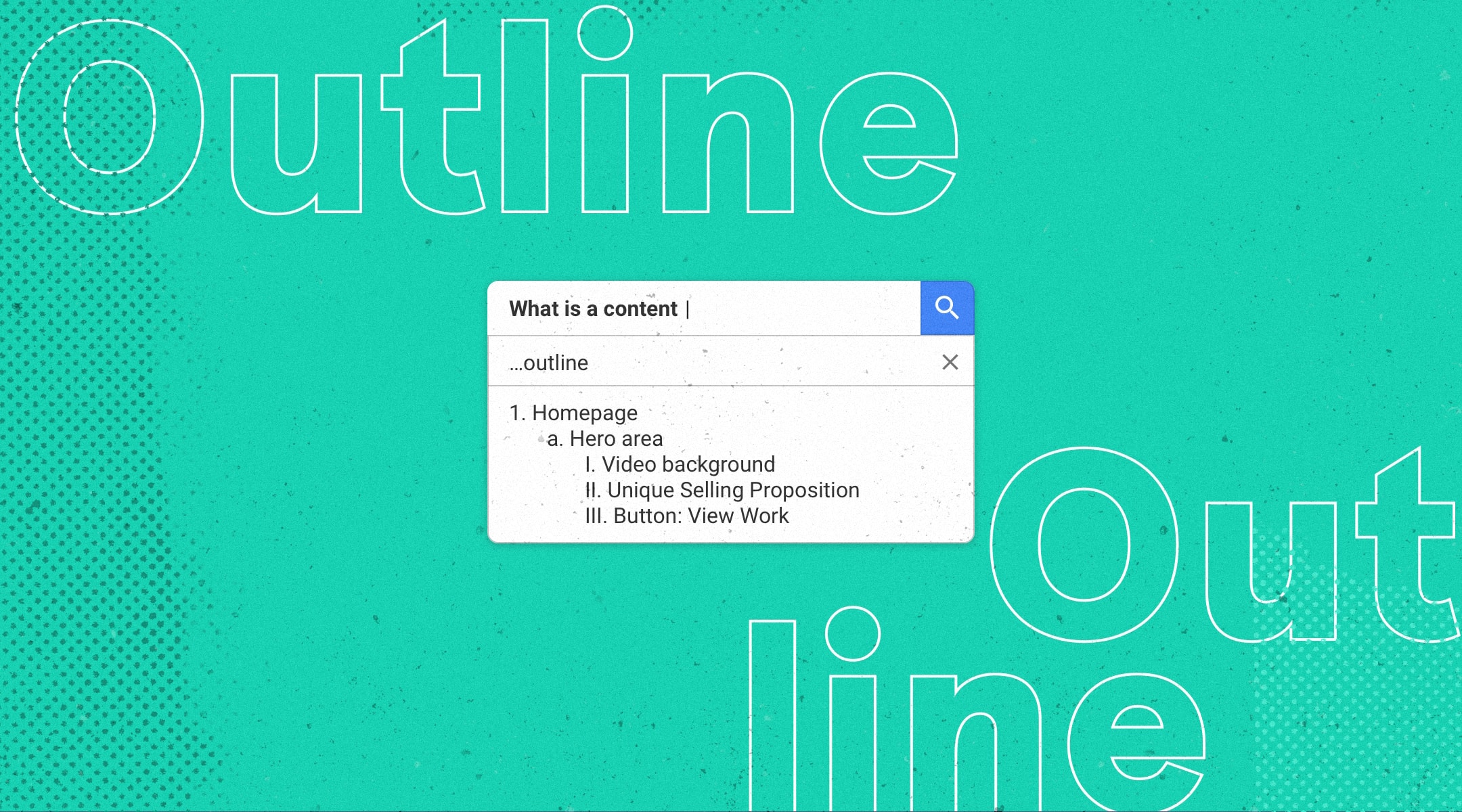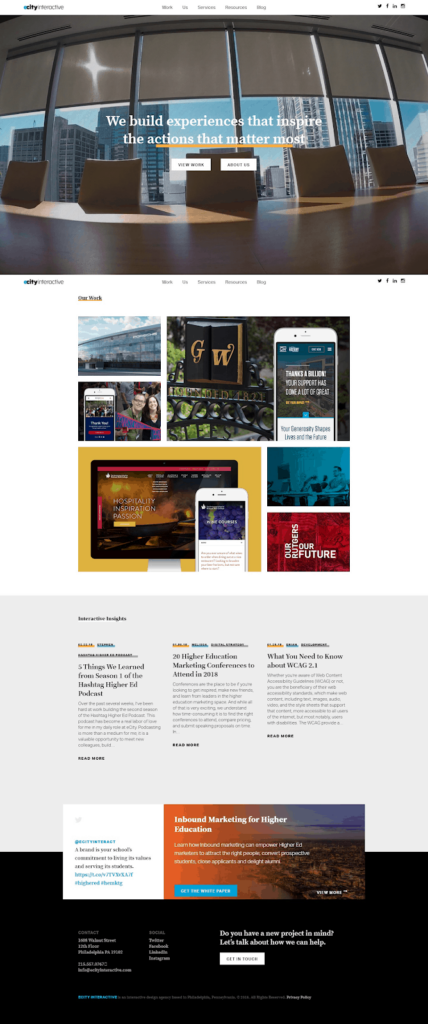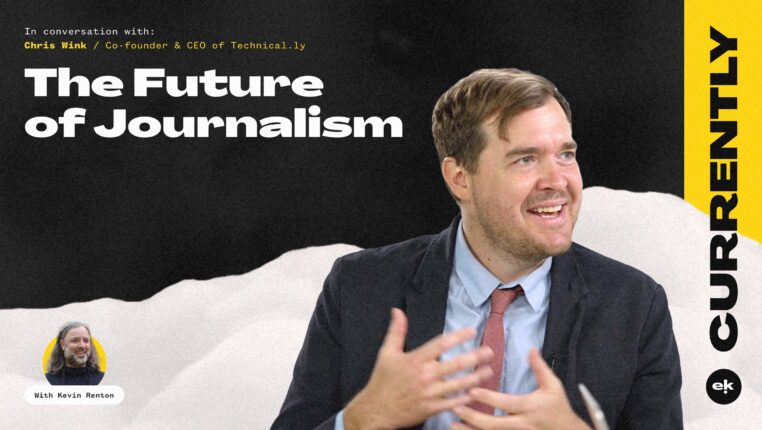If we could give any piece of advice to anyone embarking on a website design project it would be this: Start thinking about content as early as possible.
Content is the most important feature of a website; it’s what brings your audience to your website and keeps them engaged while they visit. Our extensive user research and content strategy process has consistently proven the power of good content to attract people to your website and influence them to take action. Accordingly, one of the first steps of creating a new website is building out a content strategy that is tailored to your business goals and your users. Then, we create an information architecture that is optimized for your ideal users—helping them find the information they need across the entire website, as well as on any given page.
Part of the process of building a user-friendly IA involves creating a content outline, which helps establish the different content types and functionality that will live on any given page. In this post, we explain what a content outline is, why it’s an important step in the website design process, and how it ultimately influences the final product.
What is a content outline?
A content outline is essentially a more detailed version of the sitemap, which is a visual representation of where content will live on your new website. The content outline goes one step further, listing out all of the different content types and functionality on each individual page. For example, the content outline for Electric Kite’s website would look like this:
- Homepage
- Hero area
- Video background
- Unique Selling Proposition
- Button: View Work
- Button: About Us
- Case Studies
- Project image
- Client name
- Project name
- CTA
- Blog highlights
- Blog title
- Publish date
- Author
- Topic tag
- Image
- Summary
- Read more link
- Twitter promo
- Whitepaper promo
- Title
- Summary
- Image
- CTA
- Footer
- Hero area
As you can see, the outline is meant to list out the high-level ideas you want to convey and that users are looking for. Creating the content outline is generally a collaboration between our clients and us; based on our content strategy, we will have identified some key messaging for select pages. Our clients have in-depth institutional knowledge and priorities about their messaging, so we enjoy working together to finalize this outline. A good place to start when creating the outline is to ask what the goals are for each page of the site. Why are users coming to this page and what do they care about? These are the elements that should be featured prominently in the final design.
Content outlines are useful to:
- Guide the design team as they build out wireframes
- Create unique page templates tailored to your message
- Create a better user experience
Content outlines do not:
- Represent a functional specification
- Use actual website copy
Why do content outlines matter?
Websites that are designed from a content-first, user-research driven perspective have higher engagement, higher conversion rates, and happier users. After all, the purpose of your website is to deliver relevant content to your target audience. The content outline helps our designers create page templates that are tailored around delivering your message to a specific audience, rather than having a generic template and then trying to shoehorn content into it.
Because of the instrumental role content plays in the website design process, it’s important to start thinking about it early on in the process. The sooner you can begin writing or sourcing content for the new site, the better. One of the top reasons projects fall behind the timeline is because of content delays. Save yourself (and your project manager) a headache down the road by getting a head start on the content outline if and when you can.




